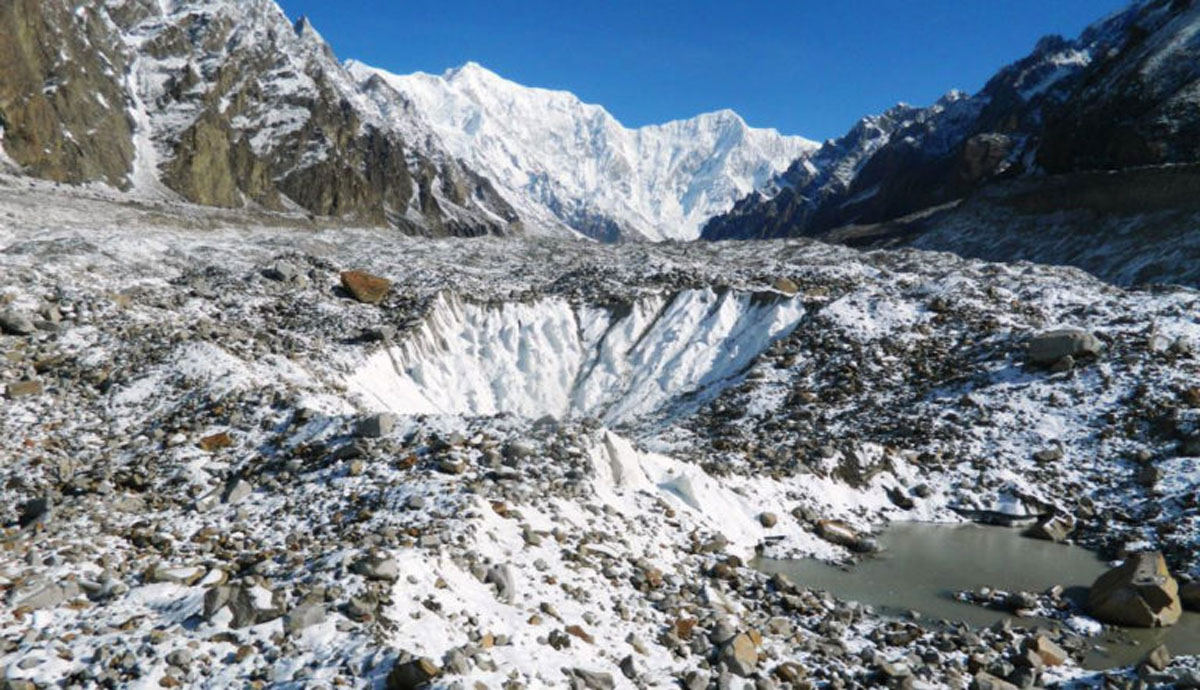Pakistan: Snow Leopard & Ecosystem Programme

| PROJECT TITLE | Pakistan Snow Leopard and Ecosystem Protection Programme |
|---|---|
| COUNTRY | Pakistan |
| EXECUTING PARTNER | Pakistan Ministry of Climate Change, Snow Leopard Foundation |
| PROJECT PERIOD | 2018-2023 |
| GEF FUNDING | $4,644,521 |
| CO-FINANCING | $12,951,000 |
CLIMATE CHANGE ADAPTATION AND RESILIENCE
For subsistence farmers and herders in the dry, rugged mountains of northern Pakistan, every drop of rain is precious, giving life to the crops and pasture vegetation on which their livelihoods depend. Likewise, snow leopards rely on the dependable productivity of these rangelands which provide forage for its preferred prey—wild ungulates, such as markhor, wild sheep and ibex. Although water is scarce and the available land is arid and difficult to cultivate, a predictable climate has provided sufficient conditions to support both people and wildlife for many generations.
Now, global climate change threatens to make life in this difficult landscape even more challenging. The effects are already being felt, with irregular weather patterns resulting in erratic precipitation, drought, thawing permafrost and rapidly receding glaciers, impacting not only this region but all of South and Southeast Asia.
The snow leopard project in Pakistan incorporates climate change adaptation into sustainable development and conservation initiatives to build resilience, while at the same time working to mitigate the local drivers that contribute to this global disaster.
The project focuses heavily on unsustainable land usage, including overgrazing and deforestation, within three target landscapes: Gilgit-Baltistan, Khyber Pakhtunkhwa and Azad Jammu and Kashmir. Land degradation compounds the negative effects of climate change. Degraded soils—compacted, cleared of vegetation and subjected to drought—cannot adequately absorb precipitation. Excessive runoff and soil erosion lead to desertification, leaving the land unable to support livestock or snow leopard prey. The absence of infiltration and groundwater recharge disrupts the water regulating functions of the ecosystem, causing intermittently heavy stream flow and flooding with potentially devastating results for communities downstream. The loss of carbon storage capacity in degraded forests and grasslands further contributes to the root cause of global climate change.
To address these issues, this project will support the formulation of Sustainable Land Management (SLM) and Sustainable Forest Management (SFM) plans for the three target landscapes, covering 4,100,000 ha. The plans will be based on data collected about the region’s social, economic and environmental conditions in order to balance human development needs with the imperative to conserve snow leopards and their prey.
Within these landscapes, communities from ten separate valleys will write sub-plans through an inclusive participatory process focused on local needs and priorities. Training and extension support will enable community women and men to implement and benefit from plan activities. The focus will be restoration of degraded rangelands and native juniper forests through improved pasture management (such as rotational grazing regimes), sustainable fuelwood collection and fuel efficient stoves. Introduction of silvopastoral practices, community forestry and sustainable cultivation of livestock fodder will also contribute to these objectives. Livelihood diversification will be incorporated to further reduce dependence on natural resources. In total, activities in these ten valleys will improve the climate resilience and well-being of the people and wildlife inhabiting 250,000 ha.
The project will also strengthen the resilience of the protected area (PA) system in the face of a changing climate. 20,000 ha of priority snow leopard habitat will be added to the national PA system, taking into account the conditions that will likely exist as climate change progresses. Biological corridors will likewise be established with future conditions in mind, connecting current areas of core habitat, as well as providing safe passage for mountain wildlife to migrate to new areas as ecosystems shift.


